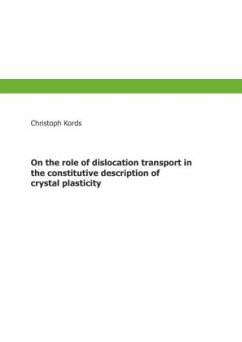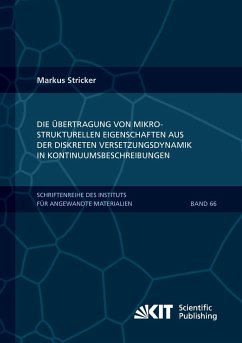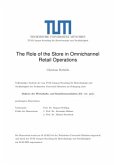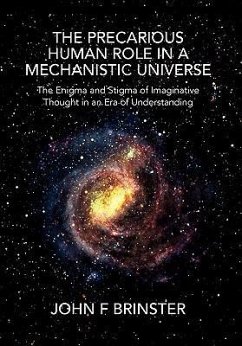This dissertation presents a physics-based constitutive model of dislocation glide in metals that explicitly accounts for the redistribution of dislocations due to their motion. In this respect, it is settled between a) discrete dislocation dynamics models, which solve the equation of motion for every discretely represented dislocation segment by superposition of all dislocation stress fields, and b) local continuum dislocation-based models of crystal-plasticity, which represent the dislocation content by a dislocation density field and solve for mechanical equilibrium in a compatible medium. The model parametrizes the complex microstructure by dislocation densities of edge and screw character, which either occur with monopolar properties, i.e., a single dislocation with positive or negative line sense, or with dipolar properties, i.e., two dislocations of opposite line sense combined. The particularity of the model lies in the description of the dislocation density evolution, which not only comprises the usual rate equations for dislocation multiplication, annihilation, and formation and dissociation of dislocation dipoles. Additionally, the spatial redistribution of dislocations by slip is explicitly accounted for. This entails an advection term for the dislocation density that turns the evolution equations for the dislocation density from ordinary into partial differential equations. The associated spatial gradients of the dislocation slip render the model intrinsically nonlocal, i.e., the time integration of the state equations depends on the neighborhood of the integration point.
After an assessment of the transport properties of the constitutive model, the predictions for a simple test case are compared to discrete dislocation dynamics results of the same setup. It is discussed what happens at the transition from the discrete to the continuum description. It is found that the continuum model is able to match the discrete dislocation dynamics results to a large extent.
The model is applied to two existing experiments: simple shear of an Aluminum bi-crystal with small-angle tilt grain boundary and indentation in single-crystalline Nickel.
After an assessment of the transport properties of the constitutive model, the predictions for a simple test case are compared to discrete dislocation dynamics results of the same setup. It is discussed what happens at the transition from the discrete to the continuum description. It is found that the continuum model is able to match the discrete dislocation dynamics results to a large extent.
The model is applied to two existing experiments: simple shear of an Aluminum bi-crystal with small-angle tilt grain boundary and indentation in single-crystalline Nickel.








